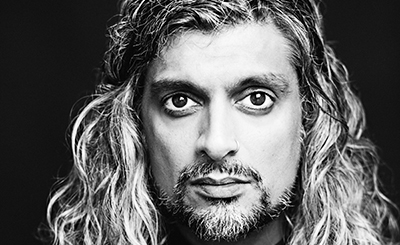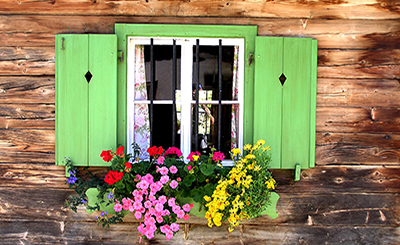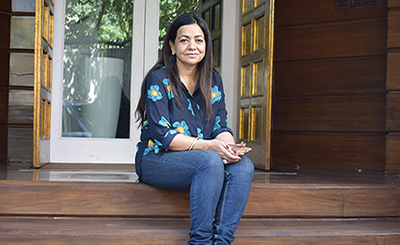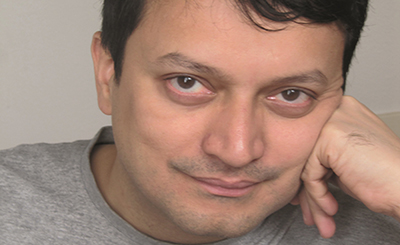
As creative writers, we inhabit characters who populate our works. As translators, we inhabit another writer’s works, peopled, as it were, strangers. As a creative writer, you dwell on imagination. As a translator, you dwell on intuition. Creative writing, often, needs a trigger. Translation, on the other hand, necessitates rigour. As a creative writer, you are conscious of what a word denotes, as a translator you’re acutely aware of what a word connotes.
The art of translation is the art of turning the strangers into the familiar, the known and the knowable. Each work of translation is an act of rediscovery, a sojourn at someone else’s turf — it’s a journey into a territory where every single step is crucial, imbued with meanings and repercussions: Every word has myriad nuances and a translator would do well to be aware of what each turn of phrase entails and what they engender. A good work of translation must essentially be true to the original, but it should also have the gravitas to stand on its own.
The art of translating is like the art of falling in love: You’re swept off your feet first, the chemistry follows.
I strayed into the world of translation after twenty five years into creative writing. My initial fascination with the art of translation began with a bunch of Urdu couplets by Kaifi Azmi that never materialised. While reading his poems and couplets in devanagari script and further in their English translation, I ventured to translate his work into Odia. After a few days, I realised that I had not taken the permission of the author. But contacting him from the inaccessible place in south Odisha was a gruelling task. I succeeded in getting his telephone number and requested him to send me the permission letter to translate the poems. He promised to send it, but it never happened. He was in the last leg of his life and I was little aware that he was suffering from acute loss of memory and was unable to remember the promises he made to me. However, later on, I sent a prepared permission letter to him through a friend and secured his permission. However, by the time I left my place of work and moved to a distant destination, I also lost the track of translation which remains out of my ken. It was a kind of a marriage without honeymoon.
In the canon of creative writing, when you fall in love with a book, the book also immediately falls in love with you. There is no backtrack organism available. Love invites madness and a translator is destined to go through this ordeal being architectured by the banality of ambitions. In translation, the choice of a single word could determine the arc of an entire work. Architecture and art are two different things. He who builds skyscraper towers is known as a mason, but he who builds even a miniature Konark is certainly accepted as an artist as he conceives poetry out of stones.
The art of translating poetry and fiction are like chalk and cheese. In poetry, you have to be careful about the music, shades produced by the original text. Otherwise, instead of creating subtle lyrics, it may end up with irritating noise. A few years ago, I had translated some poems by Gulzar. When we met at a poetry reading, he explained how he liked the sound of the poems in translation. Since he knows Bengali well, he can understand Odia and its nuances.
Page
Donate Now
More from The Byword
Comments
*Comments will be moderated











